Before a hunting dog moves in with you, you should think about the future. Do you want to take your dog hunting with you? Do you have enough time to exercise this demanding dog in a species-appropriate manner? What alternatives do you have to hunting training? In this article we ask ourselves all these questions and I tell you why we chose Arlo.
About Us
We, Sandra and Lukas, have been living with our Hungarian Vizsla male Arlo for almost a year. We are in our late 20s and have long wanted a dog that fits into our active lives.

Why did we decide to get a hunting dog puppy?
Since Lukas is a hunter, it was very clear that he had to be a useful hunting dog! The more concrete the plans became, the more open questions there were. The biggest problem was whether Lukas can train a dog to hunt here in the city? In addition, we both work and Lukas in particular spends a lot of time at work every day.
The search began for breeds that are approved as hunting dogs and are also perfect as family dogs.
Does that exist? Yes, these breeds exist!
How did we find the right hunting dog breed for us?
Our dream dog was a German Shorthaired Pointer or German Wirehaired Pointer. They are well suited as a hunter's companion. However, most of them come from hunting breeding lines, which result in an even more pronounced hunting instinct. Here we were afraid that it would be too much for us if we decided against hunting training. We also live in a city apartment. The bigger and more active the dog becomes, the more we have to exercise him physically and mentally. Unfortunately there is no garden for days when we don't have much time for our dog.

Which races were available and why were they not suitable for our lives?
So we informed ourselves about many breeds and gradually excluded many of the classic hunting dogs. Mainly because of the concern of not being able to do justice to these breeds and types of dogs. This primarily includes bloodhounds, Münsterländer, German Shorthaired Pointers, etc.
After much discussion, research and consideration, we ended up with the Magyar Vizsla. Sure, they are not the classic dogs that a thoroughbred hunter would get. But we see them hunting from time to time and they have potential in training. At the same time, they are often kept purely as family dogs. This was absolutely important to us because we want to start a family in the future. The dog should also fit into life later!

Bjarki plays with a slingshot ball made from Pawsome's climbing rope
Which races were better suited to us and our future plans?
For these reasons, Magyar Vizslas, Weimeraners etc. have increasingly become fashion dogs in recent years! But just because they are not necessarily used for hunting and are given to non-hunters does not mean that they are easy to use!
Many dog owners forget this and are blinded by their beautiful external appearance. The disappointment and frustration often follows as the sweet puppy grows up.
Our wishes for raising and living with a hunting dog
In addition to all of the considerations, we had some demands when it came to raising our dog. It was very important to us that he can walk without a leash in the future, if possible.
Is this possible with a dog with a hunting instinct? This is possible if you have a loving but strict and consistent upbringing! Hunting dogs are incredibly intelligent! You quickly learn both positive and negative behavior!

How can you prevent disappointment when choosing your race?
It's best to think about what you want from your four-legged friend before deciding on the breed. This means that many breeds can be excluded and others are shortlisted. In addition, you have a clear educational direction in mind before the puppy arrives and you can work on the important things straight away. This prevents some serious problems in the future and makes living together easier from the start.
Our hunting dog Arlo moves in and training begins
When Arlo moved in with us, we had our goal firmly in mind: a life without a leash whenever possible! From day one we worked on a good bond and took advantage of the attachment of puppyhood. We rewarded him a lot with play because he wasn't very open to treats. And it worked wonderfully; to this day we have no problems getting him off the leash.
He consults us well and does not move away from our field of vision. After the first few months, his hunting instinct came to the fore more. At this point we had to make a decision about which direction the education should take.

This Viszla lady is wearing a stylish greased leather leash & collar set from PAWSOME
Is hunting dog training an option for us?
Since it was primarily me (as a non-hunter) who was there to look after the dog during the day, we decided against hunting training. From that moment on we stopped any hunting behavior. When he showed the breed-typical 'pointing forward', he immediately learned that he was not allowed to follow the instinct. Unless he gets permission from us. He understood this quickly and the issue was clarified after a while.
How has our dog training changed during puberty?
The path to get there was not easy, but required a lot of perseverance and patience from us. Now we are in the middle of puberty and of course we “discuss” every topic with him again.
The foundation for this behavior was laid early on and it pays off, especially in these hormone-driven times. Now it's time to stick with it and continue to positively confirm the behavior you've learned so far. The be-all and end-all was an uncompromising upbringing with clear rules!

How can you exercise and keep a hunting dog busy outside of hunting?
After consolidating the basic commands and finding each other in everyday life, we realized how much fun Arlo has with search games. This was the beginning of his mantrailing career, which he pursues with great passion. After every training session (twice a week for approx. 3 hours) he is so happy and busy! He needs this regular mental work and we found something that we enjoy as a team.
He quickly learned to separate “work” from “leisure” so that he doesn’t go looking for people on his normal walks. The result is a much more relaxed dog in the apartment, which in turn means a peaceful coexistence for us!

How do you find the perfect activity level for your hunting dog?
There are a variety of ways you can keep your four-legged friend happy. Every dog (even within the same breed) is different. One needs more workload than the other. Here you have to look at what gives your dog-human team the most joy and how intensively you have to pursue the passion.
What training options do you have outside of hunting?
- All forms of nose work e.g. ZOS, scent work, tracking, dummy searches, food searches, mantrailing, area searches...
- Retrieving with Romney dummies (Arlo finds it rather stupid, for example)
- Trick and target training (great for mental exercise, also suitable for rainy days)
- Dog sports: agility, obedience, rally obedience…
- And much more

Have we finally decided against hunting training for Arlo?
In the end, the topic of hunting training is not completely off the table for us. We decided that as long as we lived in the city, we wouldn't pursue Arlo's urges. A hunting opportunity should also be quickly accessible. If the situation changes and Arlo feels like working in the forest, we can always reschedule the usability test!
After a year with Arlo, I can say we made the right decision!
Would we choose the same breed again and again?
With any other breed we would have gotten a great dog into our home. However, I don't know whether I would have had enough time to ensure that he had the right amount of work in everyday life.
Not all hunting dogs are the same! It makes a big difference which breed you choose! Through centuries of breeding, most breeds have dispositions and needs that differ greatly and must be satisfied. This is something you need to be aware of when choosing a hunting dog.
You should also be prepared to offer him alternatives, which are often time-consuming for the owner! If you are willing, you can get a hunting dog without any problems. No matter what race, as long as it fits into your life!

Some questions you should ask yourself before purchasing a hunting dog:
- Am I willing to invest a lot of time in education?
- Am I willing to offer him suitable alternatives? Can I guarantee this in everyday life?
- Do I enjoy intensive work with my dog that goes beyond basic obedience?
- Am I physically capable of providing adequate exercise for a hunting dog?
- Have I looked into the different types of hunting dogs and their specific behavioral characteristics?
- Does a hunting dog fit into my personal situation? Children, work, hobbies...
I hope our experiences help you and make it easier for you to find your dream dog, whether it's a hunting dog or another type of dog.

Have fun with your furry friend and your time together!

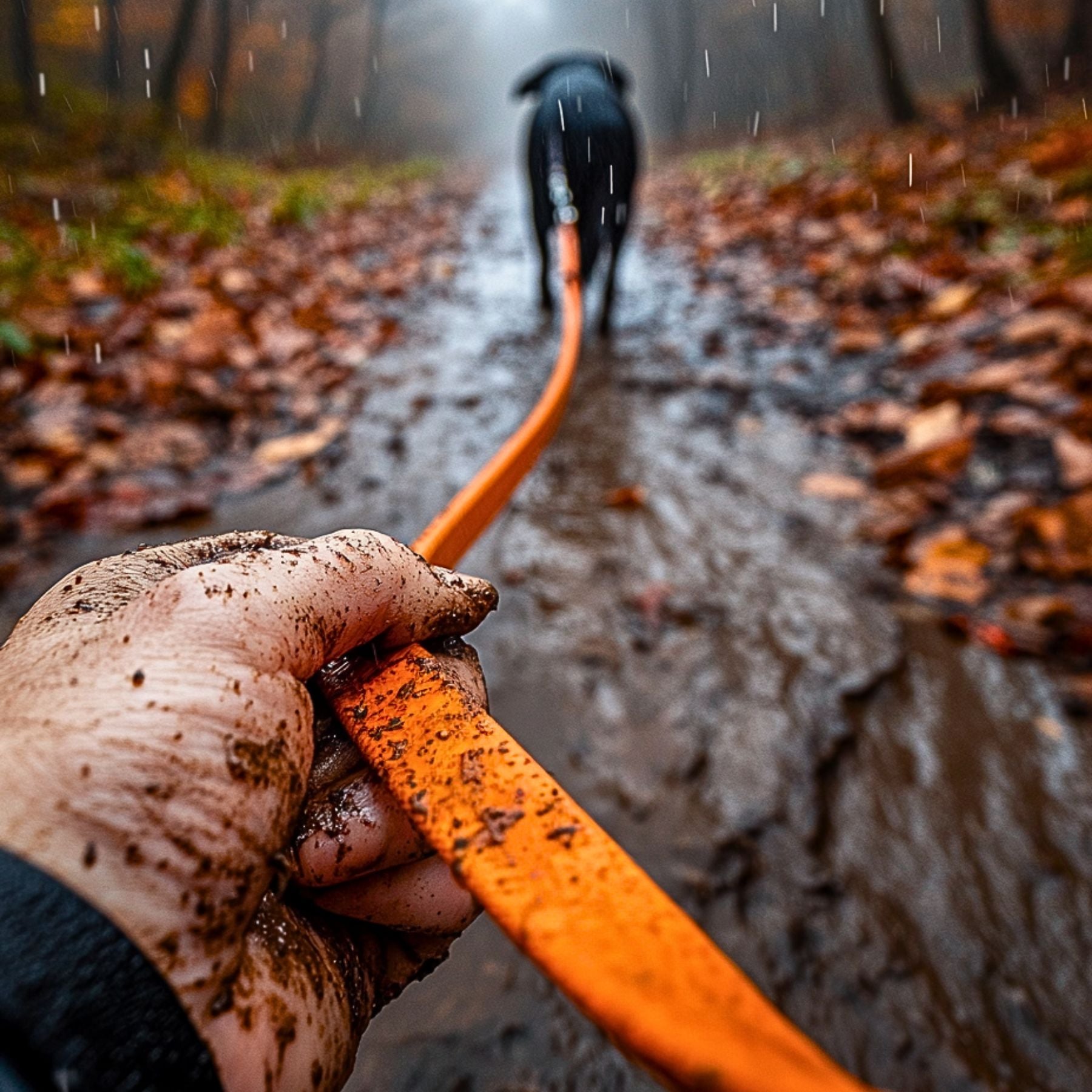
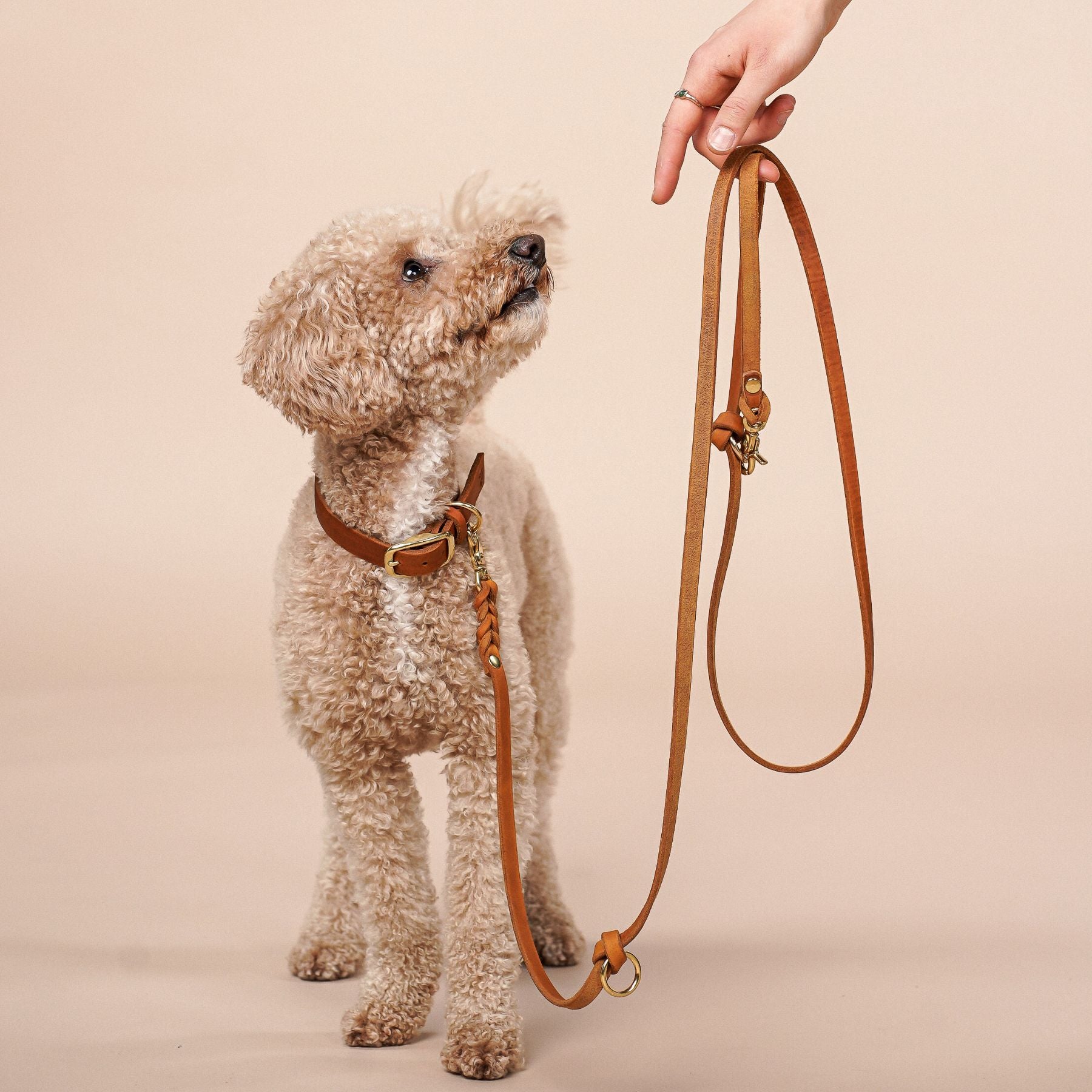
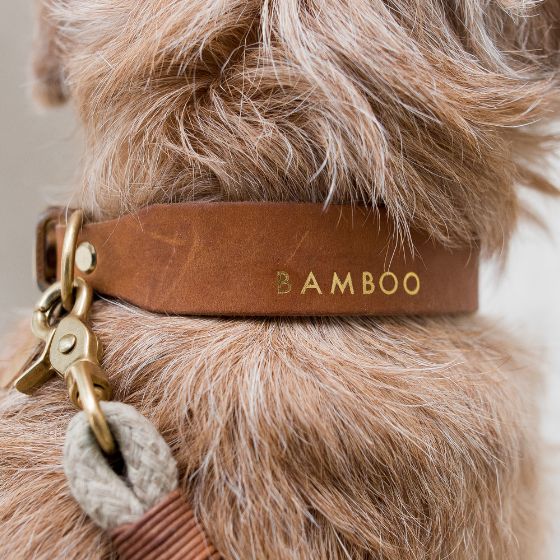
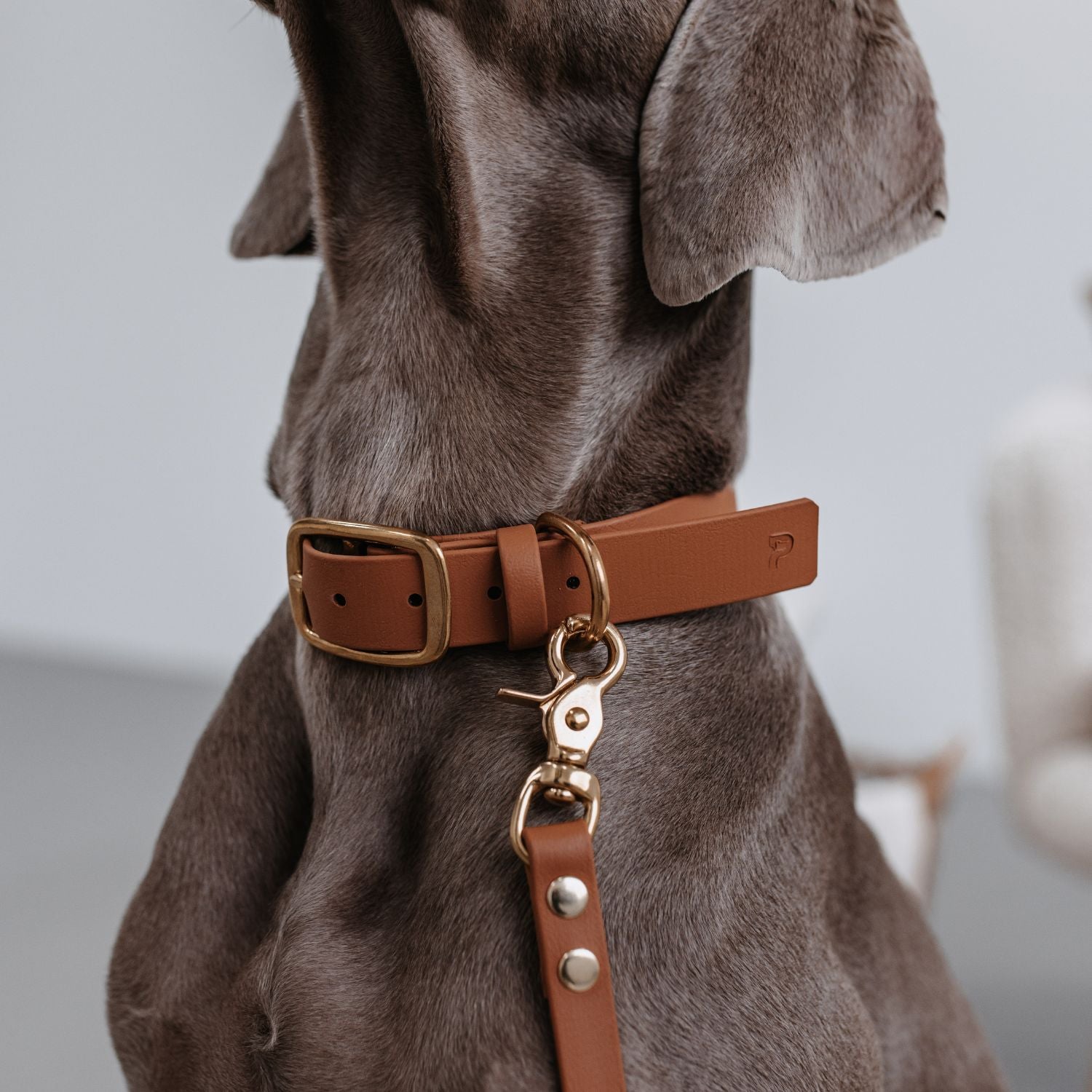
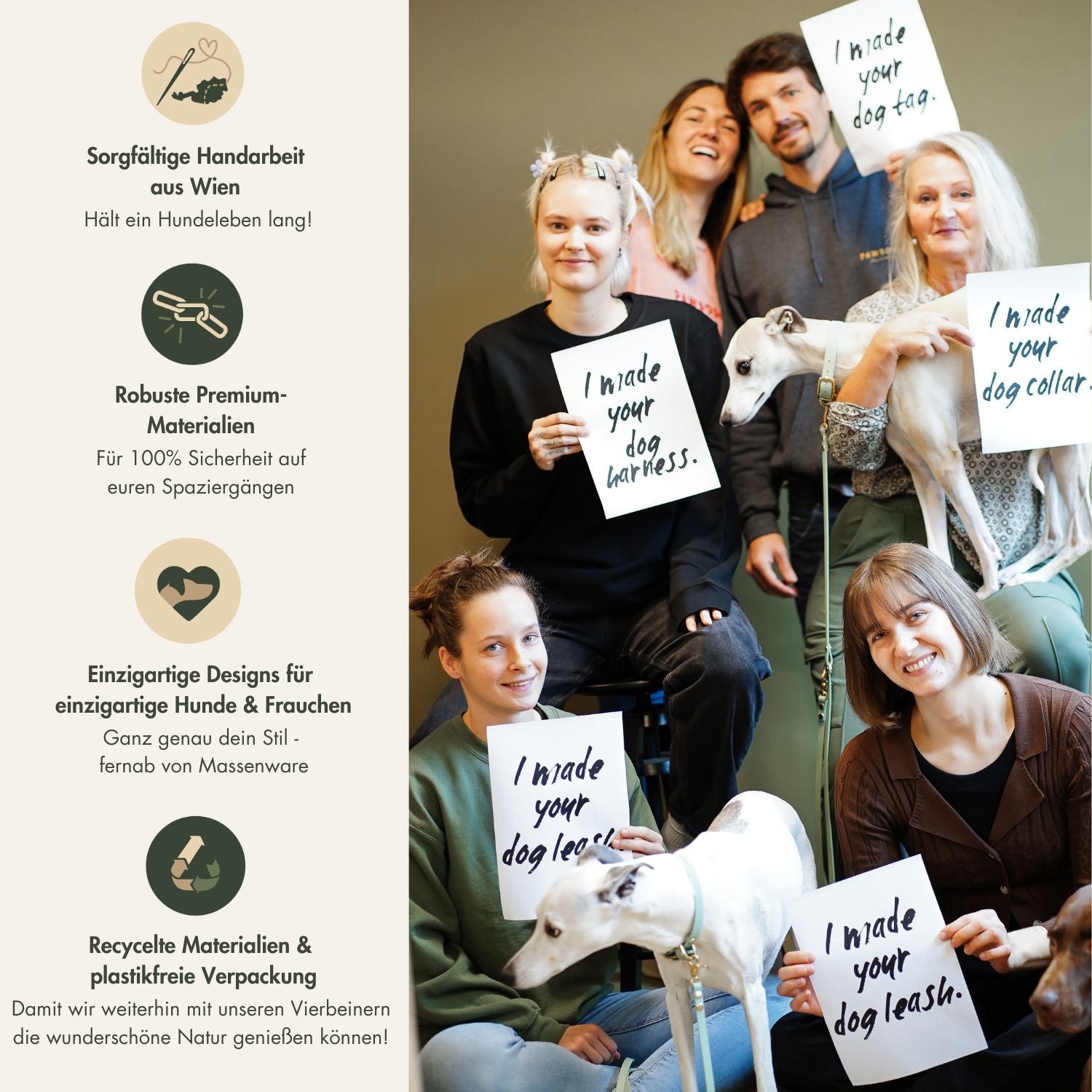
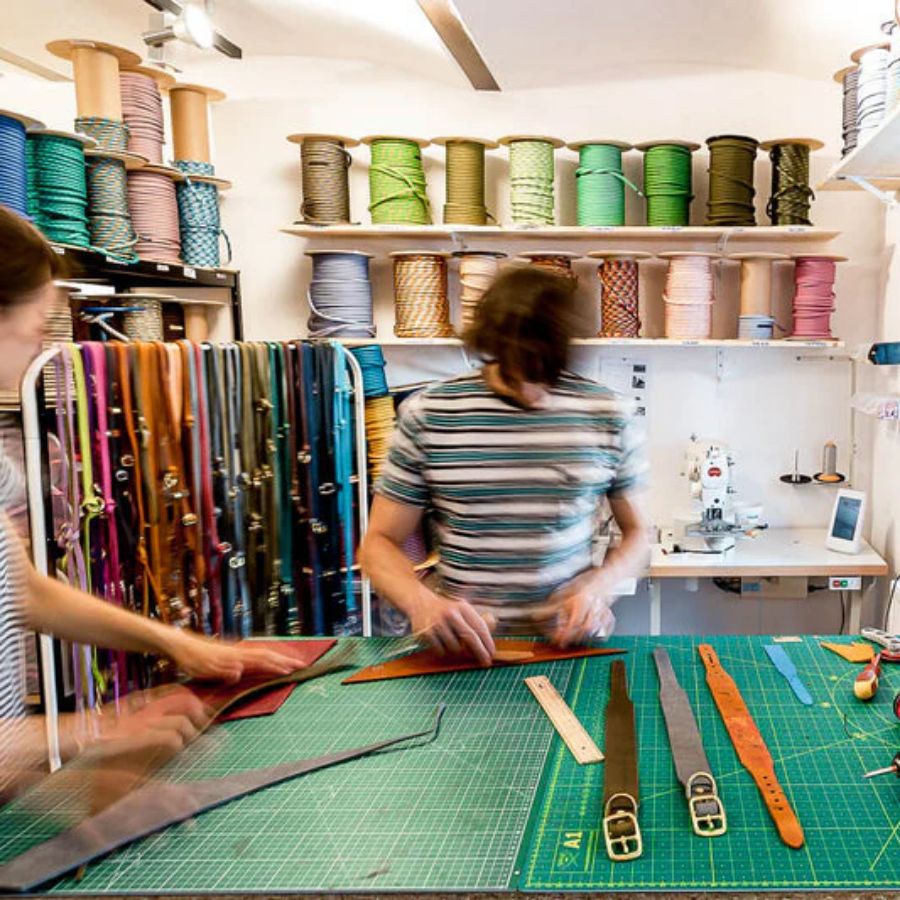
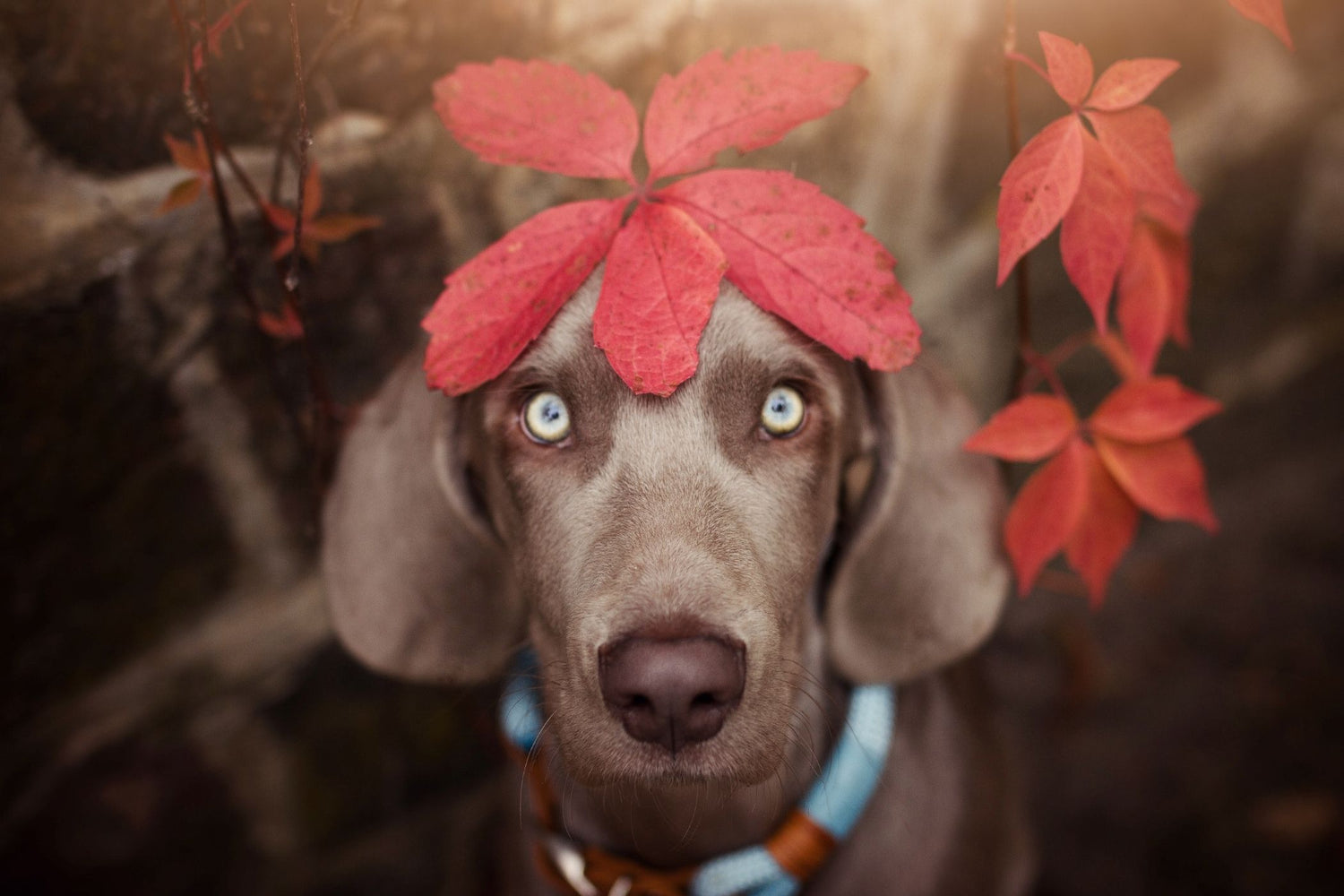
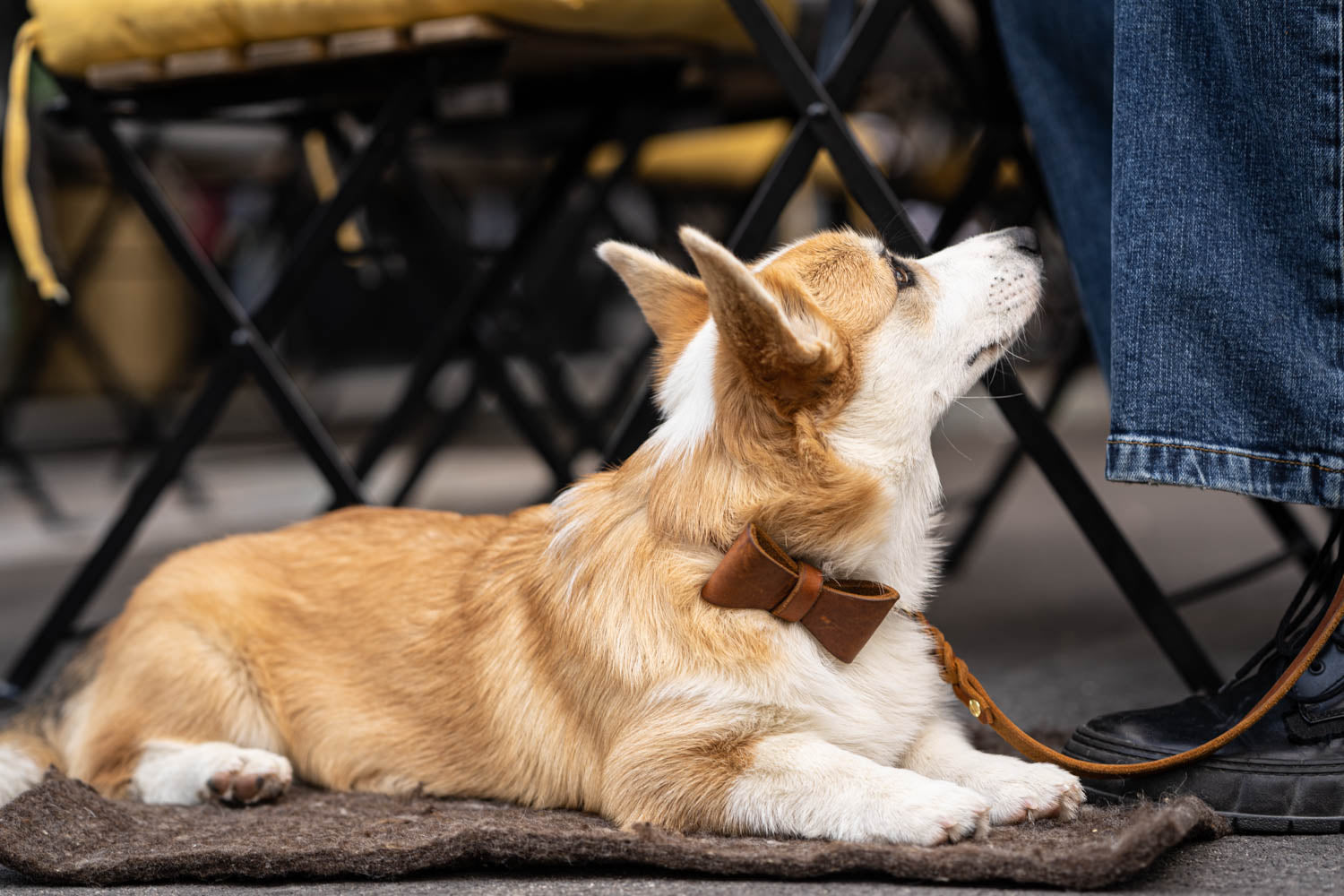
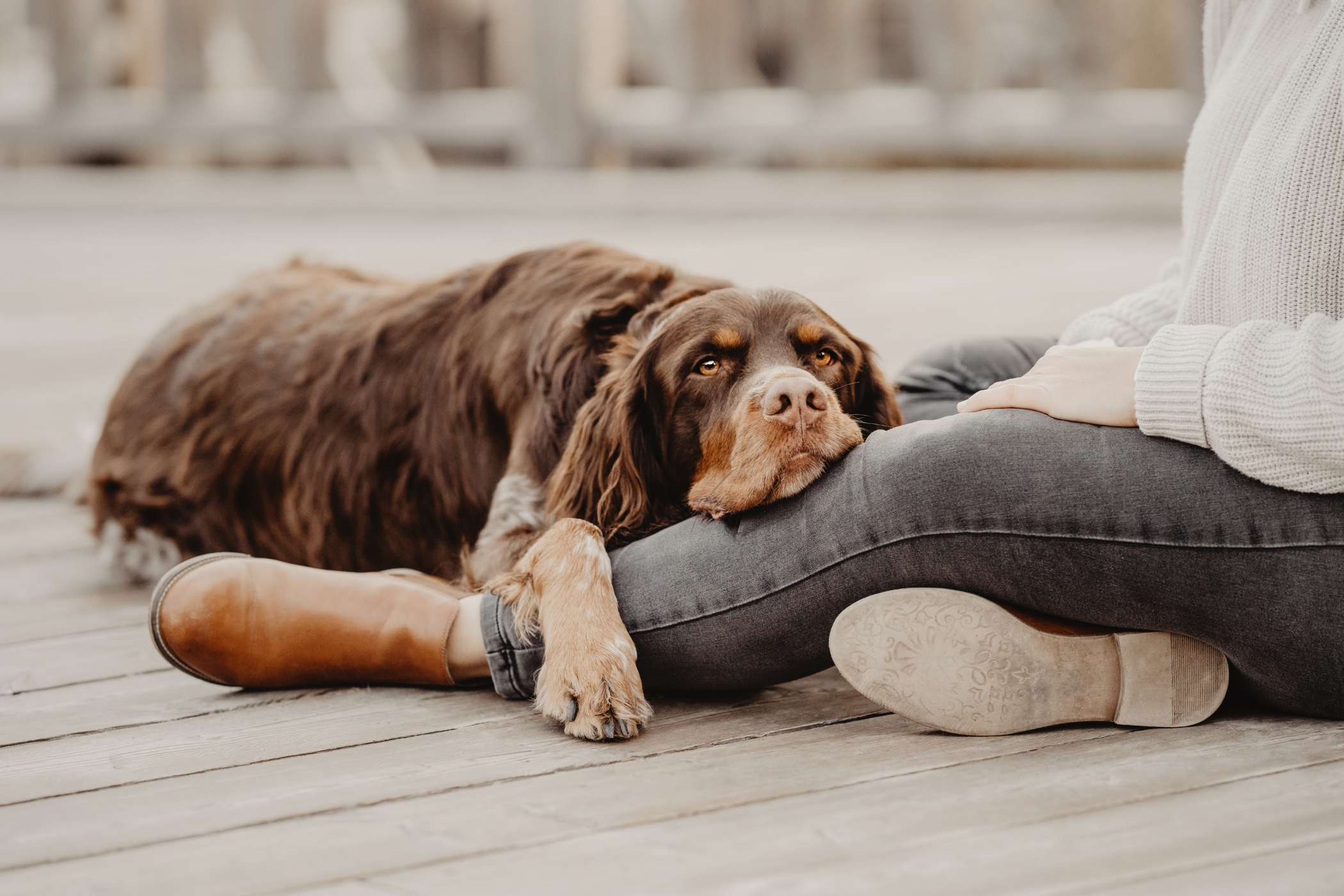
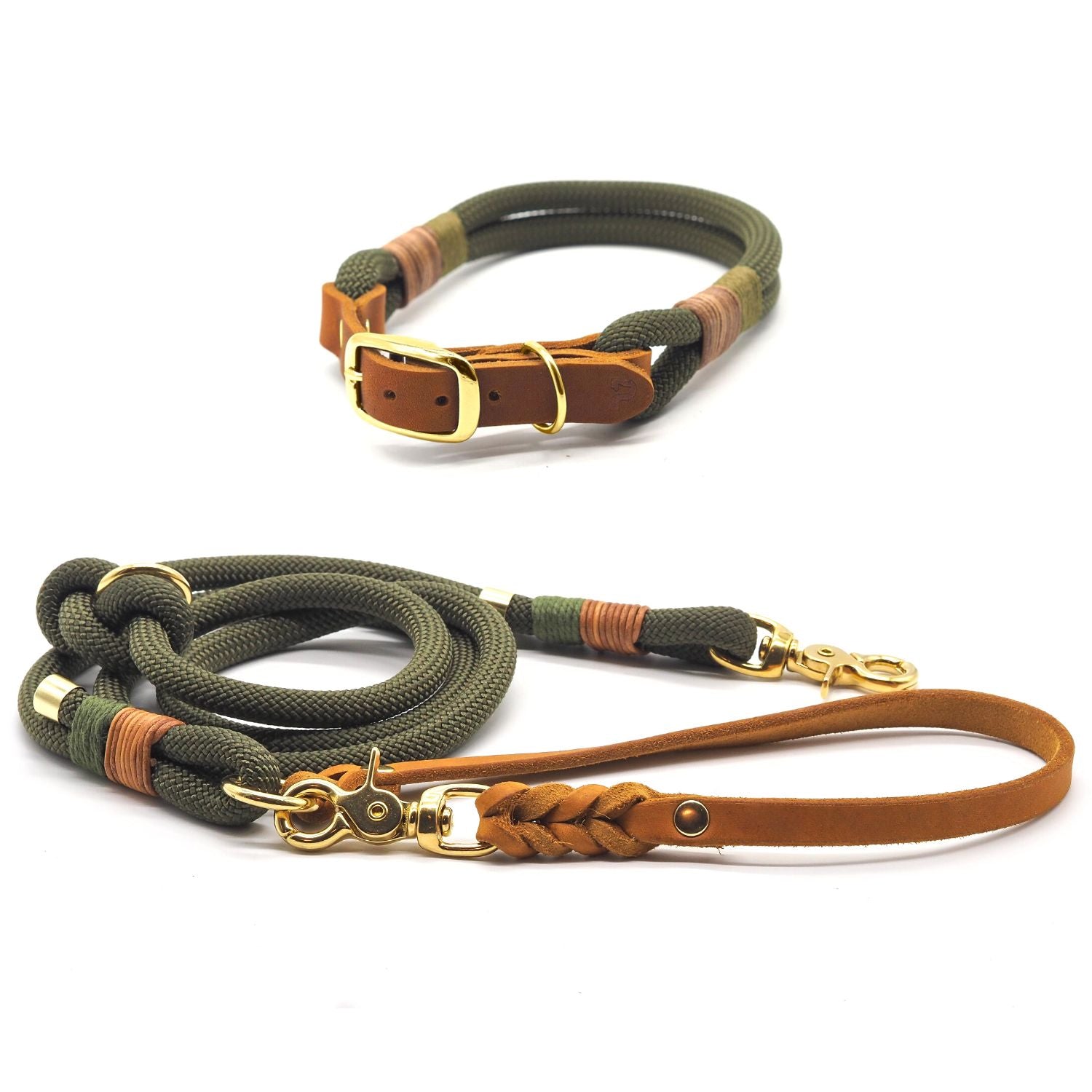
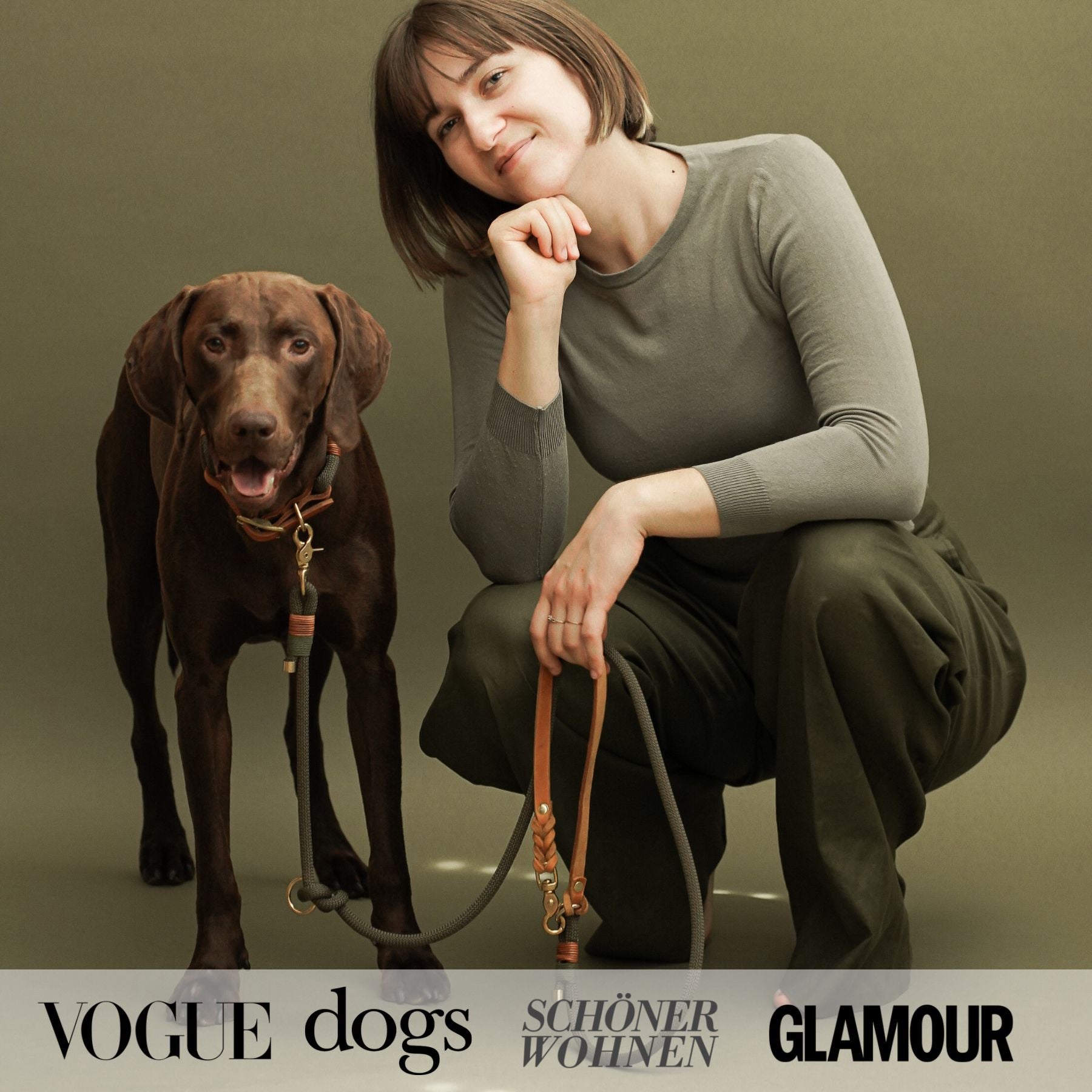
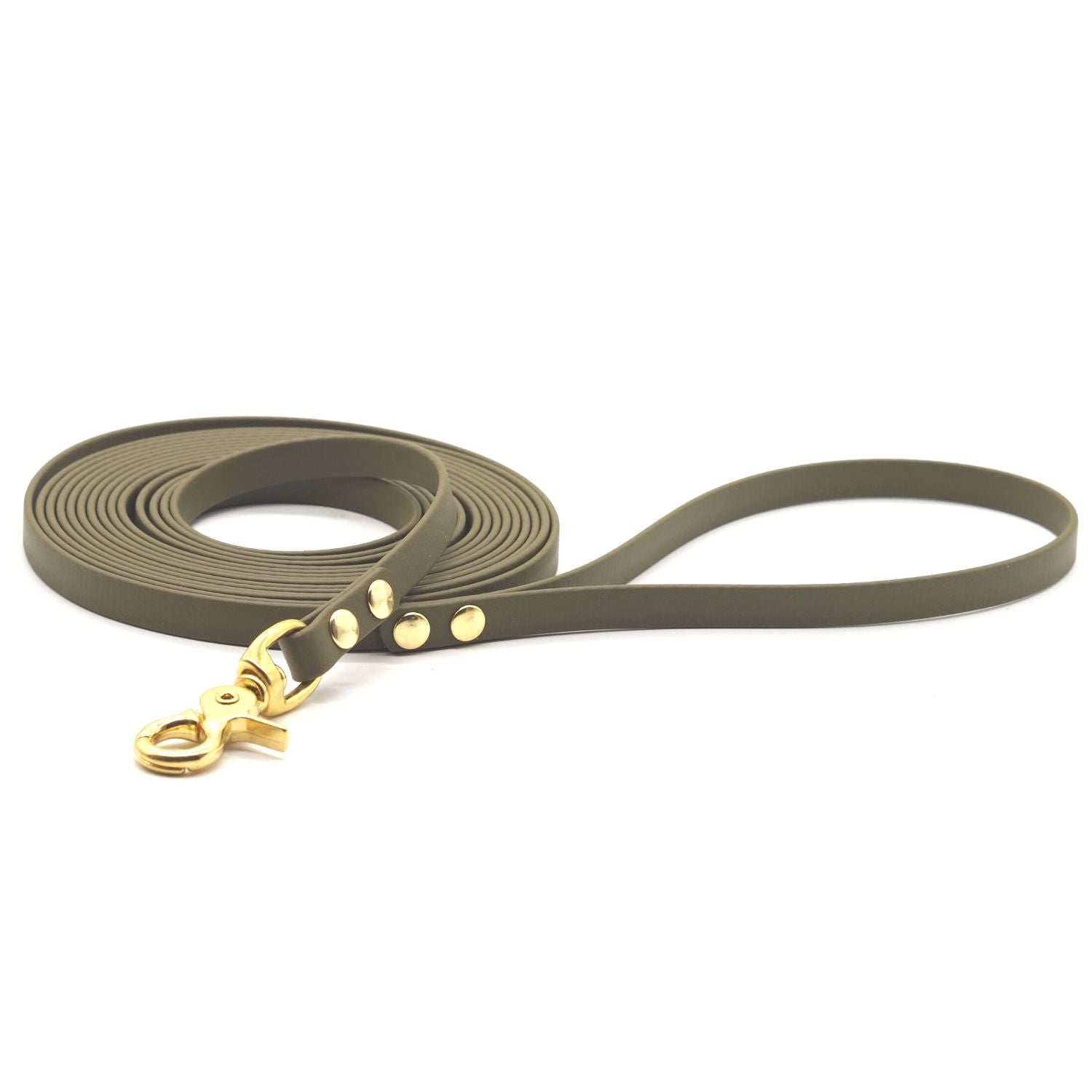



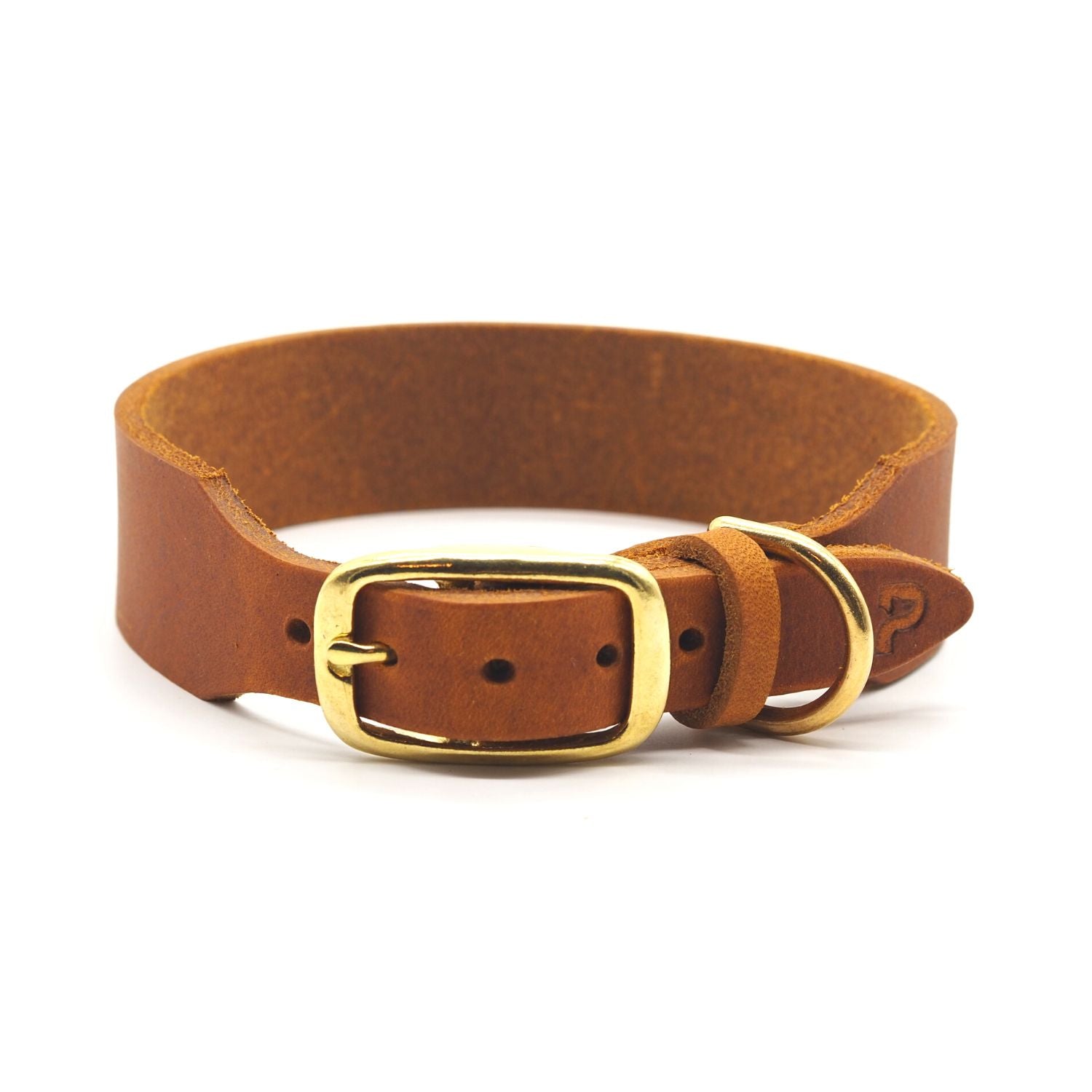
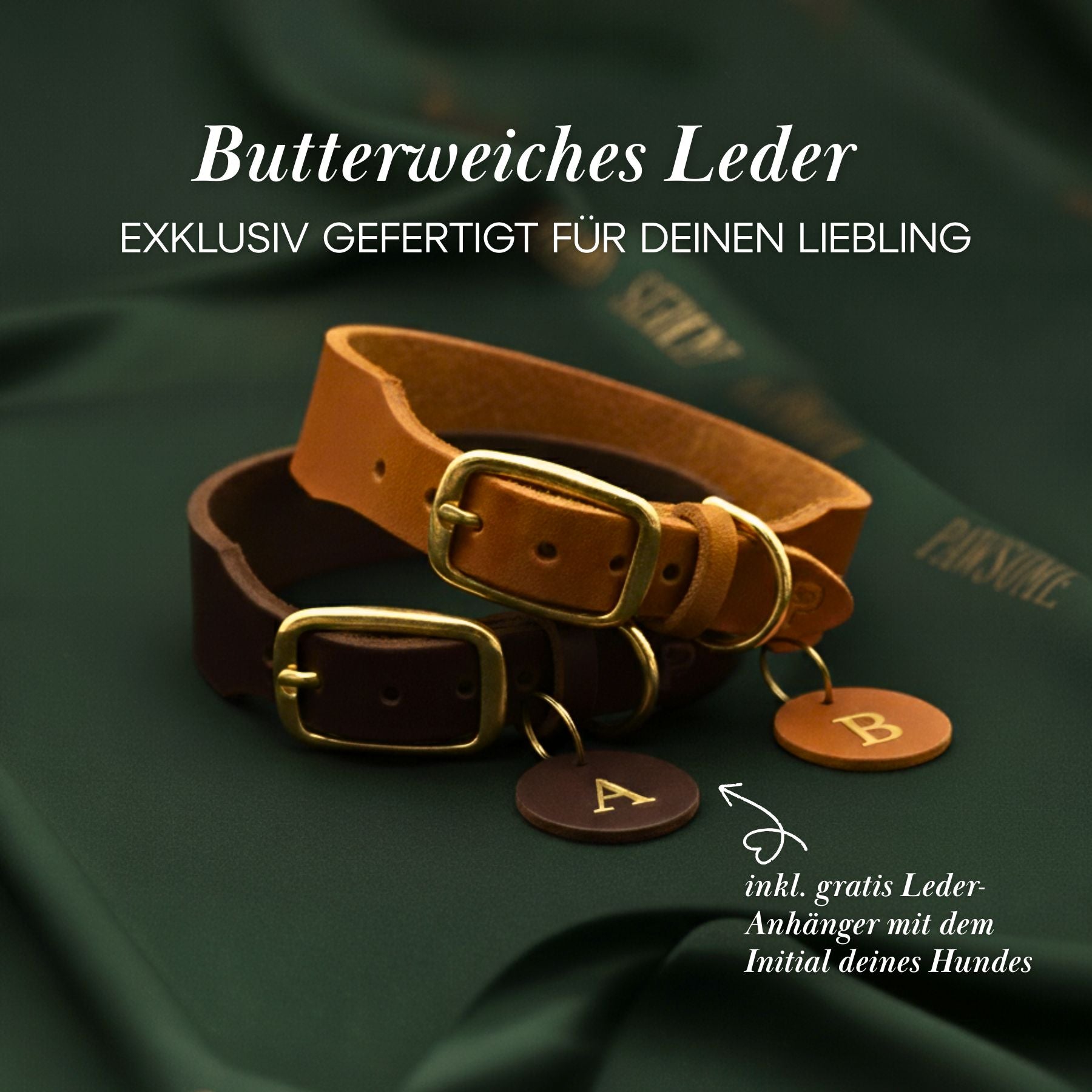
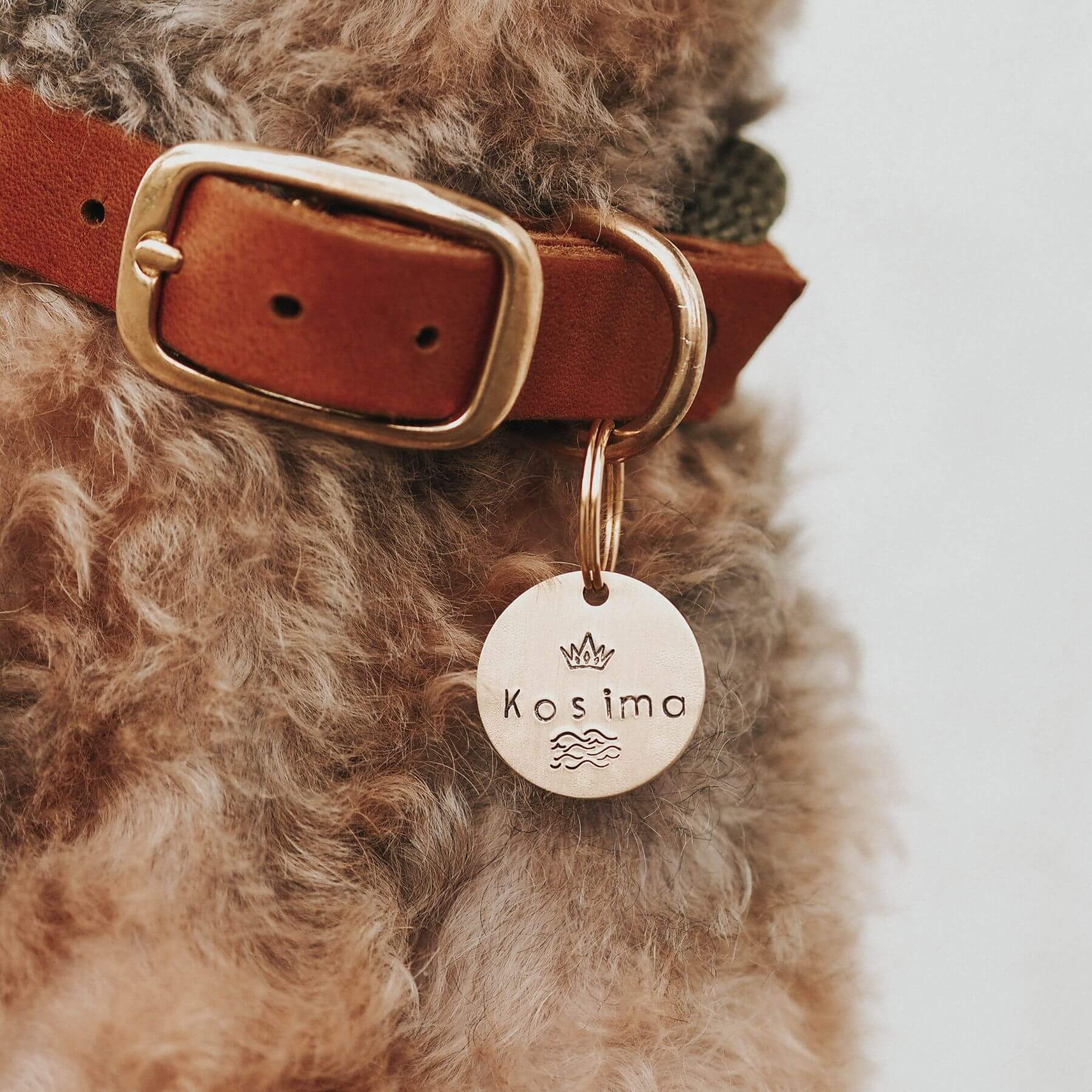
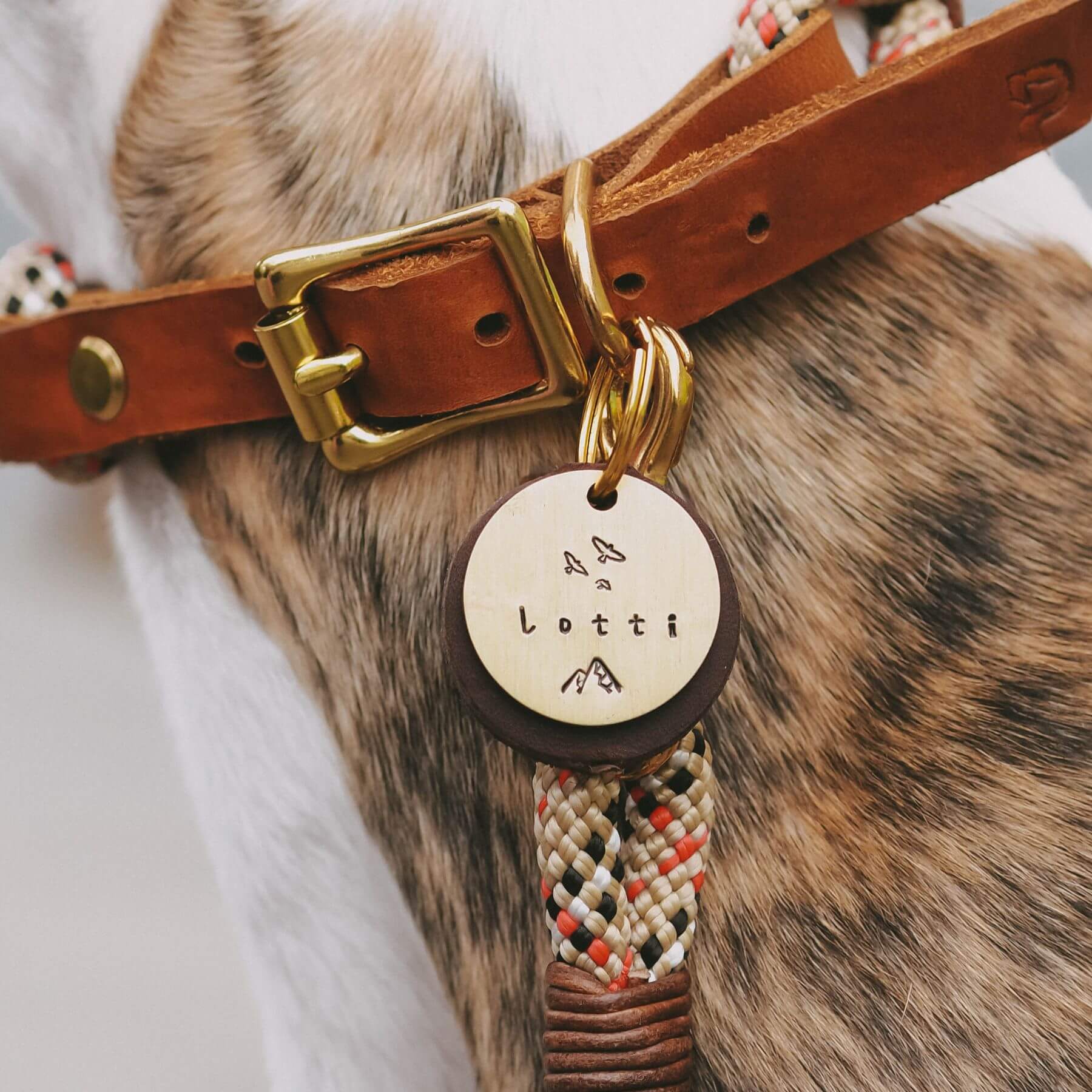




Leave a comment
All comments are moderated before being published.
This site is protected by hCaptcha and the hCaptcha Privacy Policy and Terms of Service apply.